Stock Photosfrom Aleksandr Simonov/Shutterstock
For thousands of years, artisans have explored the endless possibilities offered byglass.
Have you ever wondered how this whimsical art form has evolved?
How is glass made?
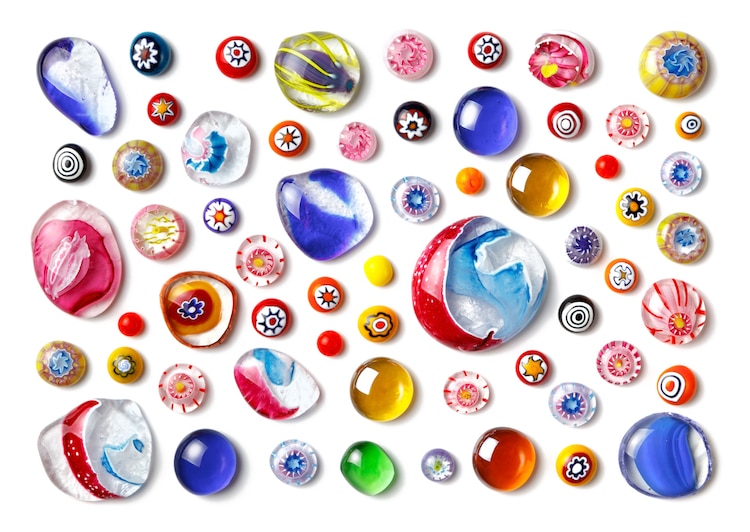
Stock Photosfrom Aleksandr Simonov/Shutterstock
In the third millennium BCE, ancient Egyptians began crafting cobalt-blue beads using a method comparable to core forming.
Using this technique, they produced opaque (not transparent), handheldvesselsdesigned to hold perfumed oils.
Theciocchehas come to typify Murano glass, a genre of glassmaking known for its innovation and beauty.
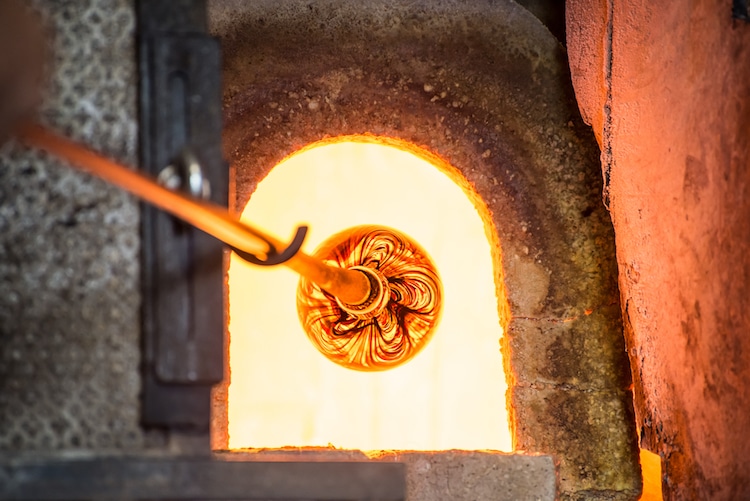
Stock Photosfrom Mirelle/Shutterstock
Contemporary Glass Art
Stock Photosfrom ApinBen4289/Shutterstock
Contemporary glassmakerscontinue to keep the age-old tradition alive.
And some simplyshatter the boundaries of glassmakingwith their innovative techniques.
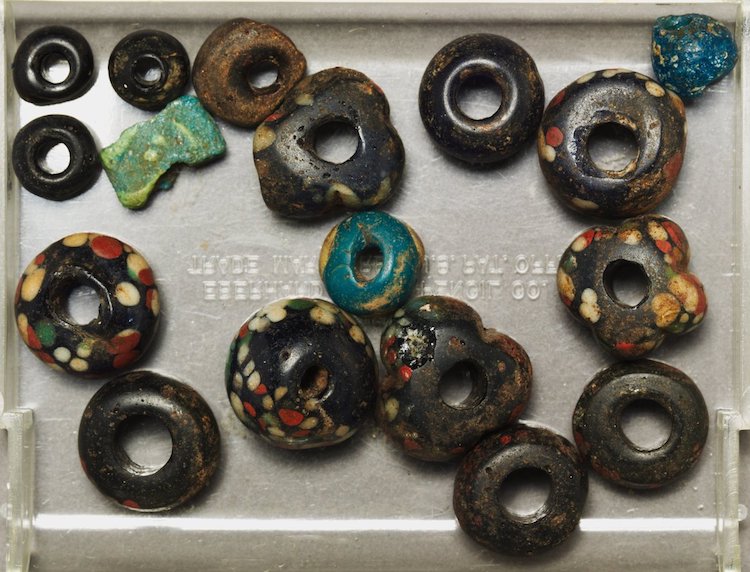
Group of Beads, 2nd Century CE(Photo:The Cleveland Museum of ArtPublic Domain)
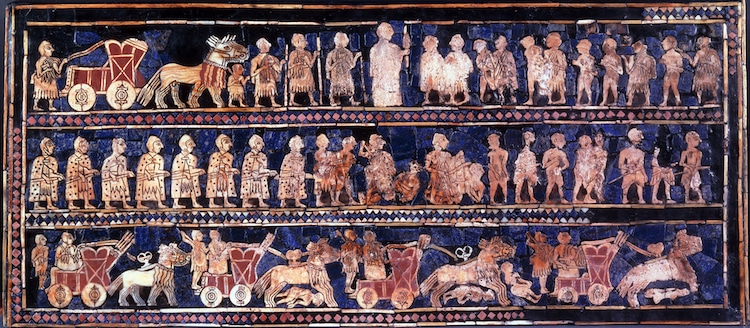
“War” detail from “The Standard of Ur,” 2600-2400 BCE(Photo:Wikimedia CommonsPublic Domain)
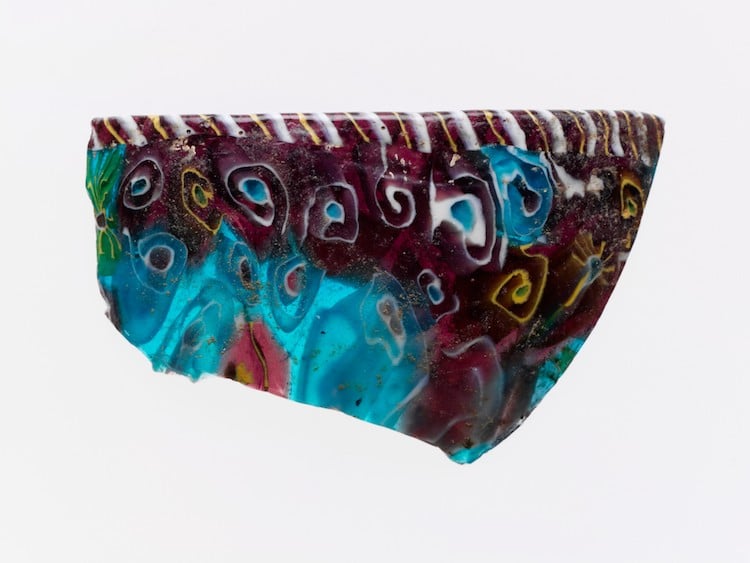
Mosaic glass bowl fragment, 2nd–mid-1st century BCE(Photo:The Metropolitan Museum of ArtPublic Domain)
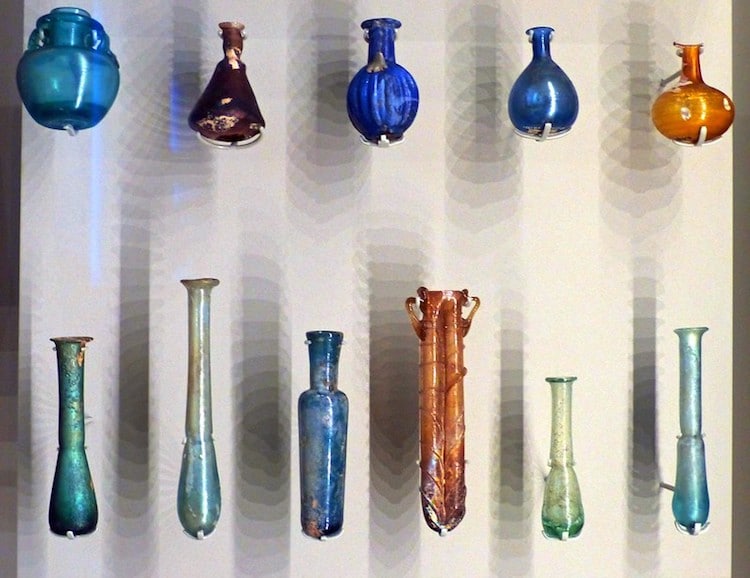
Photo:Charos PixCC BY-NC-SA 2.0

Jabir ibn Hayyan Geber, Arabian alchemist(Photo:Wellcome CollectionCC BY 4.0)

Sainte-Chapelle in Paris, France(Stock Photosfrom javarman/Shutterstock)
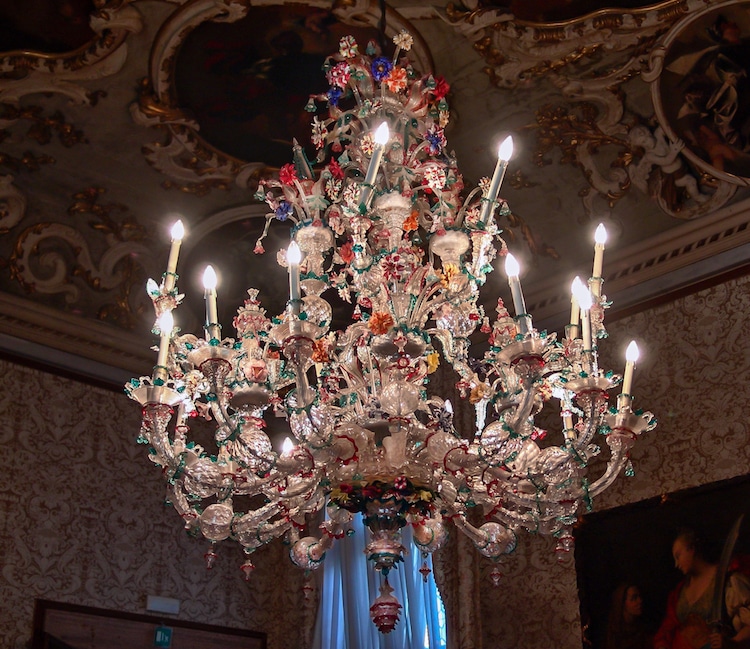
Ca' Rezzonico, Venice – Murano glass chandelier with twenty lights in two rows, decorated with flowers in bright colored glass, produced in the mid-eighteenth century by Giuseppe Briati’s studio in Murano(Photo:Wikimedia CommonsCC BY-SA 4.0)
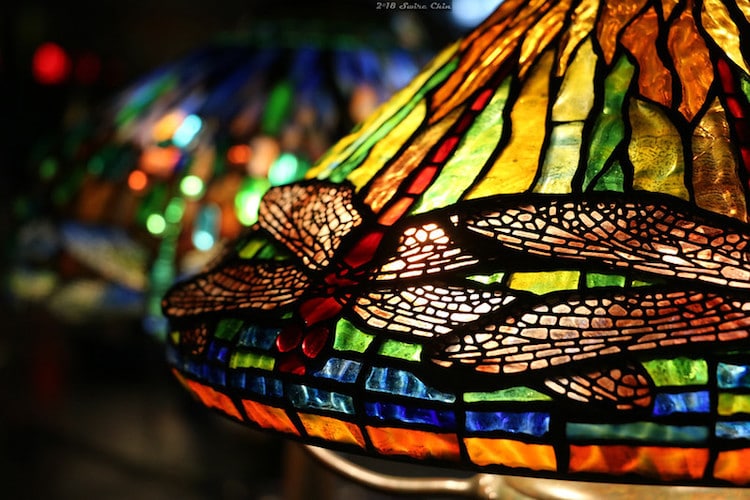
(Photo:Can Pac SwireCC BY-NC 2.0)
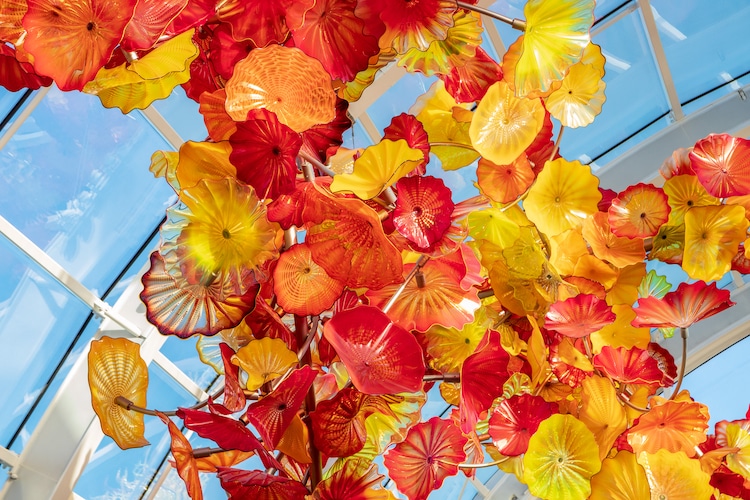
Stock Photosfrom ApinBen4289/Shutterstock